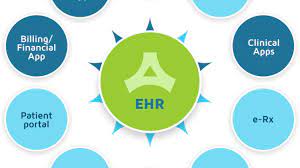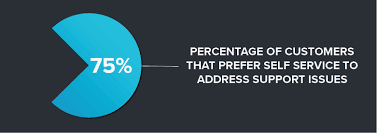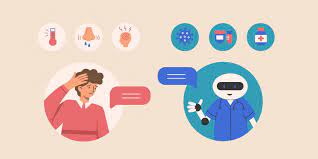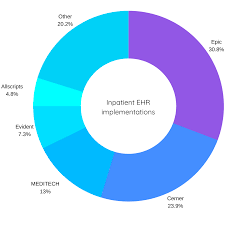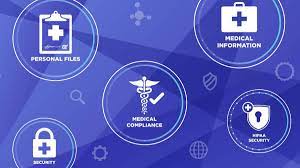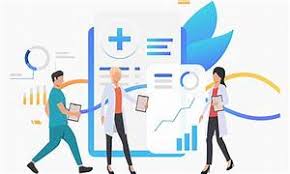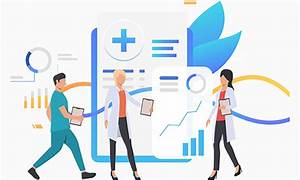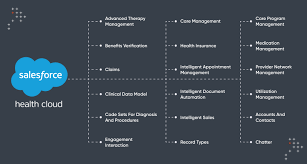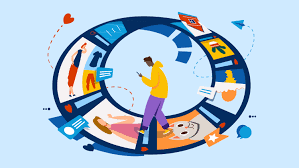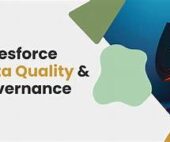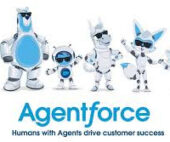Data and Technology Strategies Enhance Payer Patient Education Analytics platforms, omnichannel engagement tools, telehealth, and other technological advancements have become essential in driving successful, enhanced payer patient education. Cathy Moffitt, MD, a pediatrician with 15 years of experience in the pediatric emergency department and now the senior vice president and Aetna chief medical officer at CVS Health, understands the critical role of patient education. “Education is empowerment. It is engagement. It is very critical to making patients more equipped to handle their healthcare journey,” Moffitt said in an episode of Healthcare Strategies. “Even overseeing a large payer like Aetna, I still believe tremendously in health education.” Enhance Payer Patient Education For large payers, effective patient education begins with data analytics and a deep understanding of their member population. Through data, payers can identify key insights, including when members are most receptive to educational materials. “People are more open to hear you and to be educated and empowered when they need help right then,” Moffitt explained. Timing is crucial—offering educational resources when they’re most relevant to a member’s immediate needs increases the likelihood that the information will be absorbed and acted upon. Aetna’s Next Best Action initiative, launched in 2018, exemplifies this approach. Through this program, Aetna employees reach out to members with specific conditions, offering guidance on the next best steps for managing their health. By providing education at a time when members are most open to it, the initiative ensures that patient education is both timely and impactful. In addition to timing, payer data can shape patient education by providing insights into a member’s demographics, including race, sexual orientation, gender identity, ethnicity, and location. Tailoring educational efforts to these factors ensures that communication is accessible and resonates with members. To better connect with a diverse member base, Aetna has integrated translator services into its customer support and trained representatives on sensitivity to sexual orientation and gender identity. Additionally, updating the provider directory to reflect demographic data is crucial. When members see providers who share their language, culture, and experiences, they are more likely to engage with and retain the educational materials provided. “Understanding, in a multicultural and multifactorial way, who our members are and trying to help understand what they need…as well as understanding both acute and chronic illness from an actionability standpoint, where we can best engage to good effect as we reach out to people—that’s the cornerstone of our intent and our philosophy around how we scrub data,” Moffitt shared. With over 20 years in the healthcare industry, both as a provider and now in a payer role, Moffitt has observed key trends and identified strengths and weaknesses in patient education efforts. She noted that the most successful patient education initiatives have been in mental health and preventive care, with technology playing a crucial role in both areas. Patient education has significantly reduced the stigma around mental healthcare and highlighted the importance of mental wellness. Telemedicine has vastly improved access to care, particularly in mental health, Moffitt noted. In preventive care, more people are now aware of the benefits of cancer screenings, vaccines, wellness visits, and other preventive measures. Moffitt suggested that the increased use of home health visits and retail clinics has contributed to these improvements, particularly among Aetna’s members. Looking ahead, Moffitt predicted that customized engagement is the next frontier for patient education. Members increasingly want educational materials delivered in a personalized and streamlined manner that suits their preferences. Omnichannel engagement solutions will be vital in meeting this demand. While significant progress has been made in enabling members to receive educational materials through various channels such as email, text, and phone calls, Moffitt anticipates even more advancements in the future. “I can’t tell you exactly where we’re going to be in 10 years because I wouldn’t have been able to tell you 10 years ago where we are now, but we will continue to respond and meet the demands with the technological commitments that we’re making,” Moffitt said. Like1 Related Posts Salesforce OEM AppExchange Expanding its reach beyond CRM, Salesforce.com has launched a new service called AppExchange OEM Edition, aimed at non-CRM service providers. Read more The Salesforce Story In Marc Benioff’s own words How did salesforce.com grow from a start up in a rented apartment into the world’s Read more Salesforce Jigsaw Salesforce.com, a prominent figure in cloud computing, has finalized a deal to acquire Jigsaw, a wiki-style business contact database, for Read more Service Cloud with AI-Driven Intelligence Salesforce Enhances Service Cloud with AI-Driven Intelligence Engine Data science and analytics are rapidly becoming standard features in enterprise applications, Read more

